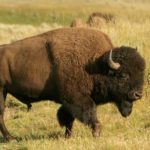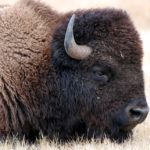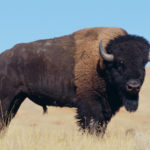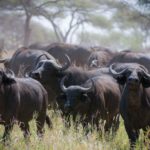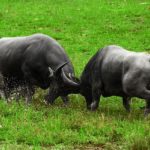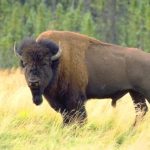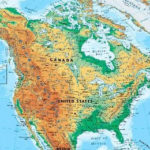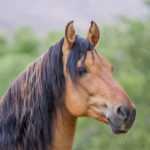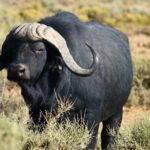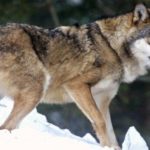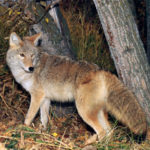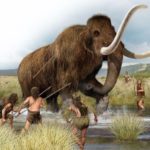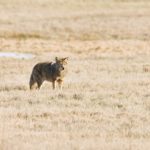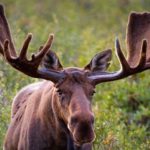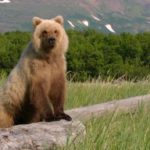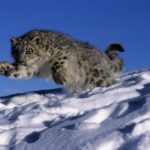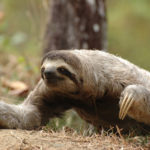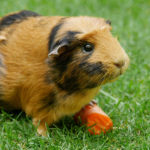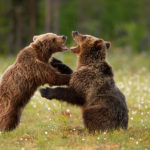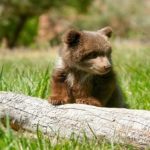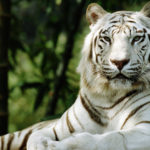Bison – information
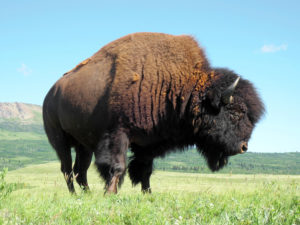 The native inhabitants of North America bison were known from the Stone Age. Images of these animals can be found on the walls of caves along with drawings of mammoths. The hunting of the Indians for buffaloes did not affect the population size, since the killing of such a large beast was not easy, and the mined meat was enough for a long time, so there was no need to destroy these animals in large quantities.
The native inhabitants of North America bison were known from the Stone Age. Images of these animals can be found on the walls of caves along with drawings of mammoths. The hunting of the Indians for buffaloes did not affect the population size, since the killing of such a large beast was not easy, and the mined meat was enough for a long time, so there was no need to destroy these animals in large quantities.
But the colonization of America led to the continent of white settlers, who were delighted with innumerable herds – a spectacle unprecedented in the vastness of Europe. Hunters armed with firearms began to massively destroy buffaloes not only for their own food, but also for fun. Sport hunting for bison reached its apogee in the 60s of the XIX century in connection with the war of the colonialists against the Indians. In order to deprive the indigenous population of food, the white settlers began to kill buffaloes without exception, without even bothering themselves with the booty of hunting trophies. At that time, only the language was often cut from the carcass of a dead animal, leaving mountains of meat to rot under the sun.
Another entertainment of the aliens was the shooting of buffalo from the windows of the train, in this case no one considered dead or maimed animals. To imagine the extent of destruction, it suffices to say that before the arrival of white settlers on the continent, about 600 million bison wandered about in its expanses, and in 1889 their number was only 835 animals! The disappearance of buffaloes led to the extinction of many Indian tribes. After several decades of slaughter, the endless prairies of North America were a cemetery dotted with ungulates’ bones. The processing of the remains marked the beginning of a new fertilizer industry.
The buffaloes were on the verge of extinction, but by that time the Yellowstone National Park had already been established, which became a refuge for the largest of the surviving herds. From 200 individuals that survived in the national park, and a few dozen surviving in other areas, it was possible to get offspring and the number of species gradually recovered. Now in protected areas in the US and Canada there are about 30,000 wild animals and the species’s condition is generally regarded as relatively prosperous, although bisons are still listed in the Red Data Book. In addition, another 500,000 semi-domestic non-thoroughbred bison are kept on special ranches. These animals are used to produce meat on a par with cattle. Bison can often be seen in zoos, they are well tolerated.
